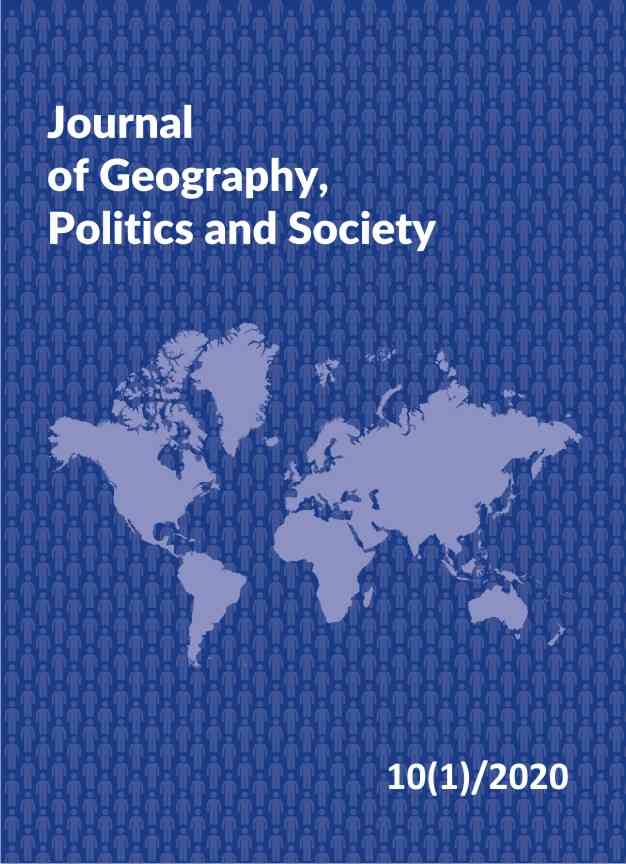Demographic aspects of the development of the German state Mecklenburg-Vorpommern
Demographic aspects of the development of the German state Mecklenburg-Vorpommern
Author(s): Iwona JażewiczSubject(s): Politics
Published by: Wydawnictwo Uniwersytetu Jagiellońskiego
Keywords: population; birth rate; migrations; real growth; Mecklenburg-Vorpommern
Summary/Abstract: This publication presents selected aspects of the demographic development of East Germany based on the example of the state of Mecklenburg-Vorpommern, which after the reunification of Germany in 1990 found itself in a new socio-economic situation. The main goal of the study was to recognize the mechanisms, regularities and directions of changes in the population, to identify the determinants and consequences of changes in terms of reproductive behaviors, and to identify new migratory behaviors of the society. The conducted research showed that the demographic situation of the borderland of state of Mecklenburg-Vorpommern radically changed after the reunification of Germany. At that time, the processes described in the theory of the second demographic transition began. In particular, they concerned a slump in the number of births and a decrease in female fertility, while mortality remained at the same level. In addition, emigration to the neighboring old federal states of Germany in search of better living and working conditions deepened the depopulation processes, led to deformation of demographic structures and, consequently, to the progressive process of demographic aging. Some alleviation of the demographic situation occurred as a result of the inflow of Asian and African immigrants of a relatively young age structure and high biological resilience.
Journal: Journal of Geography, Politics and Society
- Issue Year: 10/2020
- Issue No: 1
- Page Range: 23-32
- Page Count: 10
- Language: English

